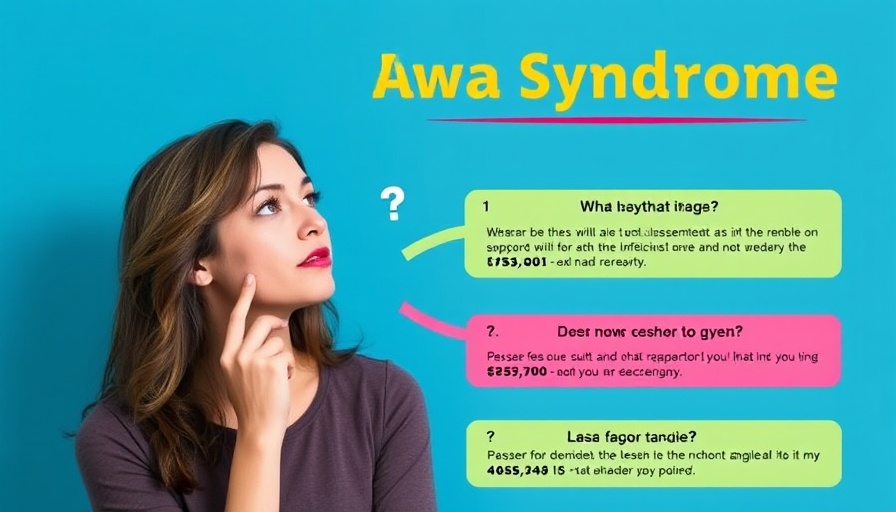
The Complex Dynamics of Neurodiverse Relationships
Understanding the intricacies of neurodiverse relationships can illuminate the dynamics of co-dependency within these partnerships. Co-dependency often emerges when one partner relies heavily on the other for emotional support, guidance, or decision-making. For neurodivergent individuals, this dynamic can be magnified due to differences in communication styles, social cues, and emotional expression.
Why Co-Dependency Thrives
In a neurodiverse relationship, the typical frameworks of interaction may not apply. This can lead to scenarios where one partner inadvertently becomes the caregiver or decision-maker out of necessity. Neurotypical partners may feel pressured to take on this role, believing they are providing necessary support, while the neurodivergent partner may feel overwhelmed or incapable of independence. Together, they may lose sight of their individual strengths, leading to an unhealthy reliance on each other.
Anecdotes from the Field
To better understand these dynamics, consider the perspective of educators working with neurodiverse students. They often encounter similar co-dependent behaviors in classroom settings. For instance, a teacher observed how a particularly shy student would consistently rely on a more vocal classmate for help in answering questions. This dependency not only hampered the shy student's confidence but also put additional pressure on the other child, who felt responsible for guiding their peer rather than focusing on their own learning.
Diversity Best Practices in Relationships
It's crucial for educational leaders and teachers to recognize these patterns. Encouraging students in neurodiverse partnerships to maintain their individuality can help break the cycle of co-dependency. Strategies that promote self-advocacy and independence can empower neurodivergent individuals, providing them the tools they need to engage in healthier interactions, both in their personal lives and in academic settings.
Practical Insights for Teachers and Leaders
Here are three actionable tips for fostering supportive environments in neurodiverse relationships:
- Encourage Open Communication: Create safe spaces where students can express their feelings and needs without judgment. This will help all parties acknowledge their roles in partnerships.
- Highlight Strength-Based Approaches: Focus on the strengths of both neurotypical and neurodivergent individuals within their relationships. Celebrate achievements and autonomy, nurturing mutual respect.
- Facilitate Collaborative Learning: Encourage group activities that require collaboration, allowing both partners to contribute their unique skills and understanding.
Looking Forward: Building Healthy Connections
As we move toward a more inclusive educational landscape, the lessons learned from understanding co-dependency in neurodiverse relationships will play a critical role in shaping future practices. Emphasizing the importance of individual strengths while also providing support can create balanced, respectful partnerships.
In conclusion, it’s essential for teachers and educational leaders to dismantle the misconceptions surrounding neurodiverse relationships. By fostering environments rooted in support, understanding, and respect, we can pave the way for healthier dynamics not only among students but also in their broader relationships.
As we embrace the journey of inclusivity, remember that supporting neurodiversity enhances all our lives. Let's work together to cultivate this awareness, enriching our community for everyone involved.
 Add Row
Add Row  Add
Add 




Write A Comment